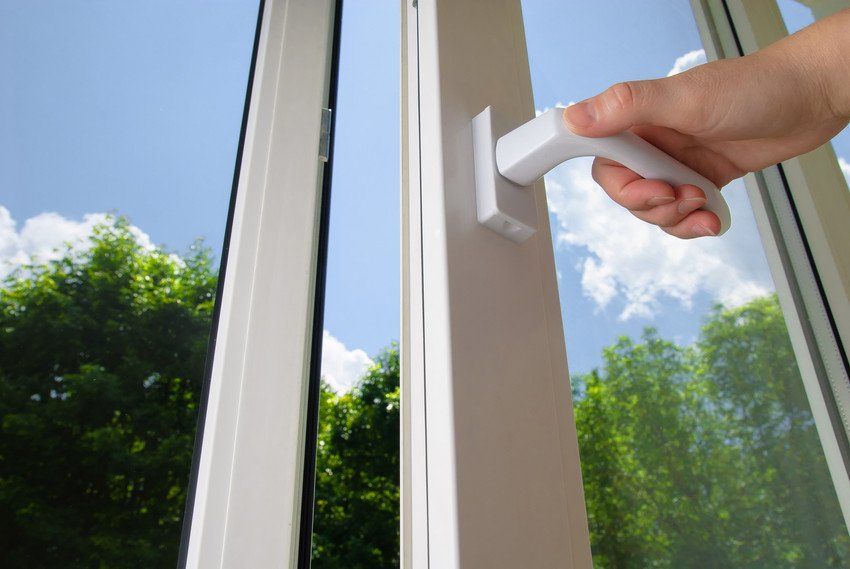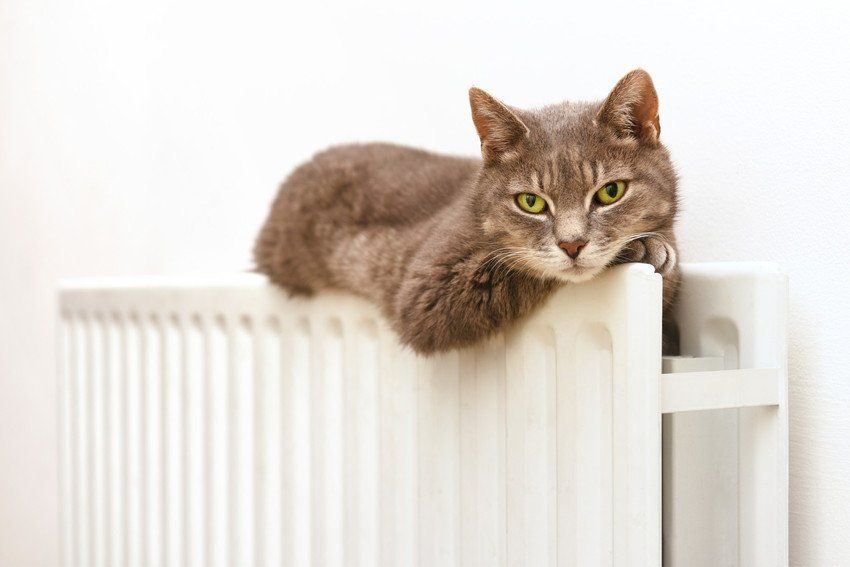Condensation control in BRIGHTON & HOVE AND SUSSEX
Condensation can be a cause of many problems in a building. We've put together some useful information for this page on ways of helping with condensation control. If you need some help with condensation in your home, get in touch with BWT South East Ltd for advice.
RECOMMENDATIONS FOR DEALING WITH CONDENSATION:
Why Condensation Occurs
Condensation occurs when warm moist air meets a cold surface. The risk of condensation therefore depends upon how moist the air is and how cold the surfaces of rooms are. Both of these depend to some extent on how a building is used.
When Condensation Occurs
Condensation occurs usually in winter because the building structure is cold and because windows are opened less and moist air cannot escape.
Where Condensation Occurs
Condensation often occurs for short periods in bathrooms and kitchens because of the steamy atmosphere. It also occurs frequently in unheated bedrooms, affecting cupboards and the corners of the room, where ventilation and movement of air are restricted. Besides condensation on visible surfaces, damage can occur to materials which are out of sight, for example, from condensation in roofs.
What Is Important
Three things are particularly important.
- To prevent moist air spreading to other rooms from kitchens and bathrooms or from where clothes may be put to dry.
- To provide some ventilation to all rooms so that moist air can escape.
- To use heat reasonably.
The following notes give advice on how you can help to prevent serious condensation in your home.
Remove Moisture Content of Room Air
- Good ventilation of kitchens when washing or drying clothes or cooking is essential. If there is an electric extractor fan, it should be used when cooking or drying clothes and particularly whenever the windows show any sign of misting. Leave the fan on until the misting has cleared.
- If there is not an extractor fan, open kitchen windows but keep doors closed as much as possible.
- After bathing keep the bathroom window open and shut the door for long enough to dry off the room.
- In other rooms, provide some ventilation. In old houses, a lot of ventilation occurs through fireplace flues and draughty windows. In modern flats and houses, sufficient ventilation does not occur unless a window or ventilator is open for a reasonable time each day and for nearly all the time the room is in use. Too much ventilation in cold weather is uncomfortable and wastes heat. All that is needed is a very slightly opened window. Where there is a choice open the upper part such as the top hung window. About a 10mm opening will be sufficient.
- Avoid the use of portable paraffin or flue-less gas heaters as far as possible. Each litre of oil or gas used produces the equivalent of about a litre of liquid water in the form of water vapour. If these heaters must be used, make sure the room they are in is well ventilated.
- If condensation occurs in a room which has a heating appliance with a flue the heating installation should be checked as the condensation may have appeared because the appliance has become blocked.
- Do not use unventilated airing cupboards for clothes drying.
- If washing is put to dry, for example in a bathroom or kitchen, open a window or turn on the extractor fan enough to ventilate the room. Do not leave the door open or moist air will spread to other rooms where it may cause trouble.
Provide Reasonable Heating
- Try to make sure all rooms are at least partially heated. Condensation most often occurs in unheated bathrooms.
- To prevent condensation the heat has to keep room surfaces reasonably warm. It takes a long time for a cold building structure to warm up so it is better to have a small amount of heat for a long period rather than a lot of heat for a short period.
- Houses and flats left unoccupied and unheated during the day get very cold. Whenever possible, it is best to keep heating on, even at low level.
- In houses, the rooms above a heated living room benefit to some extent from heat rising through the floor. In bungalows and in most flats this does not happen. Some rooms are especially cold because they have a lot of outside walls or lose heat through a roof as well as walls. Such rooms are most likely to have condensation and some heating is therefore necessary. Even in a well-insulated house and with reasonable ventilation it is likely to be necessary during cold weather to maintain all rooms at not less than 10c in order to avoid condensation. When living rooms are in use temperature should be raised to about 20c.
.
Mould Growth
Any sign of mould growth is an indication of the presence of moisture and if caused by condensation gives warning that heating, structural insulation or ventilation, or all three may require improvement.
New Buildings
New buildings often take a long time before they are fully dried out. While this is happening, they need extra heat and ventilation. At least during the first winter of use many houses and flats require more heat than they will need in subsequent winters. Allowance should be made for this. It is important that wet construction should be free to dry out. In some forms of construction, especially flat roofs of concrete, final drying may only be able to take place inwards. Ceiling finishes, which would prevent such drying out, should not be added unless advice has been given that this would not matter.
Effect of Increased Ventilation on Fuel Burning Appliances
If an occupier proposes to fix an extractor fan or otherwise change the ventilation in the room containing a gas or solid fuel appliance, he should obtain advice from the installer of the appliance about the risks from toxic fumes.
Damp prevention
Very professional, helpful and quick to respond
Customer in - Hove - August 2020






